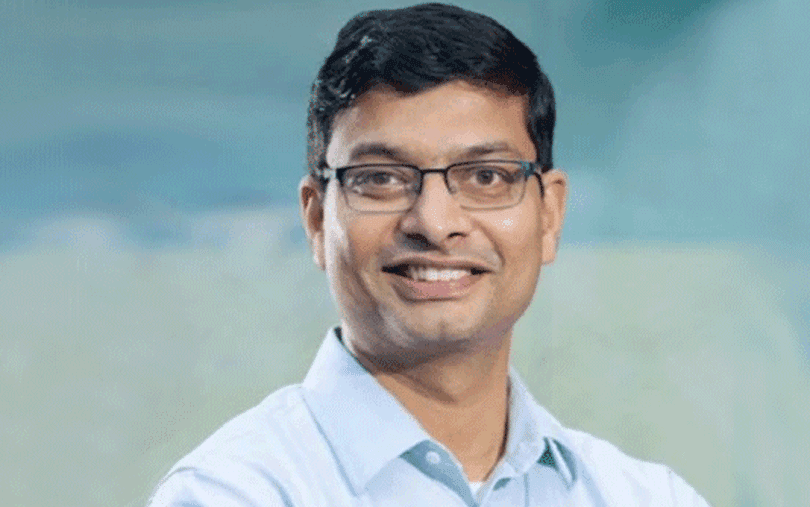Google Pay, the digital payments arm of Google, has been ramping up its India play with the launch of new services as it looks to compete with established fintech companies like PhonePe and Paytm in a fast-growing digital payments market. Unified Payments Interface (UPI) transactions processed by Google’s payments app have grown by almost 22% over the last three months, as the platform currently commands close to 34% market share, second to only archrival PhonePe. As total UPI transactions in the country breach the 4 billion mark in October, issues around zero transaction fee and market capping continue to plague payment players. In an interview, Ambarish Kenghe, vice president of product management at Google Pay, talks about Google’s view on the UPI market cap, investments towards payment infrastructure and new areas of growth. Edited excerpts:
Google Pay had earlier voiced concerns about the upcoming UPI market cap. What have you been relaying to NPCI? Also, what has been your take on zero merchant discount rates (MDR)?
On market cap, we have always sort of stood for competition. And, it's very early, so we want to make sure that there is enough competition and that's a good thing. On the question of sustainability, I definitely think that we need to sort of make the (UPI) ecosystem sustainable. There are various ways, and I think it's hard to say whether MDR is the right way of doing it or if there are other means. India has always innovated and leapfrogged. So I don't know if we will evolve in the MDR way or in any other way. But we need to make it (UPI) more sustainable and find ways as we want to figure this out.
(MDR is a small percentage of a transaction charged to merchants by payment players for processing digital payment.)
Will you be containing your market share moving forward?
The way (market cap) is designed says that there is time before it applies. And it is the Indian rules we play by. So right now there is a plan being put in place, where we work with NPCI and others once the market cap kicks in. The piece we are concerned about is that once it (market cap) gets applied, users should not be impacted. And that is Google Pay’s biggest concern as well. So we are working with the ecosystem.
(In November 2020, National Payments Corp. of India (NPCI), which operates UPI decided to impose market capping, where payment players can process a maximum of 30% of UPI transaction volumes, during the preceding three months.)
You spoke about sustainability of the UPI ecosystem. How does Google Pay plan to introduce monetisation on its platform? Is lending that opportunity for Google?
Credit is superly under penetrated. We don't do any credit directly, in spite of playing in the same ecosystem – similar to the role we play in UPI, where we are transferring money but the money goes to the banks. In the same way, we are playing a bit of a role with credit through access and instant loans. This is a story that we will see over the next five years.
Payment players have suffered in the past due to outages by banking partners. How is Google Pay investing in infrastructure to mitigate failure rates and downtime?
I feel whether it is public or digital infrastructure; you have to build for the future. If you build for today's demand, it runs out by the time you build it. Internally, we monitor the health of various parts of the transaction, and we try to predict the challenges to a certain transaction. We are also enabling multiple virtual payment addresses (VPAs) for consumers, and do it thoughtfully ensuring that banking partners can take the load – so that if a certain (banking) network is choked, we can route the transaction through a different bank.
With the launch of MyShop, how are you looking at the kirana-tech piece and enabling commerce on Google Pay?
Today more than 10 million merchants are accepting Google Pay payments. And merchants have been strongly impacted. Even when they have opened back the same traffic isn’t coming to the shop. So we said why can't they have an online presence directly and that is what MyShop as a platform does. In the past, we did a pilot of credit and gave supplies for business where they (merchants) can order supplies. This is because in Tier 2 and Tier 3, FMCG companies may not be visiting as much. And these are scaling.







